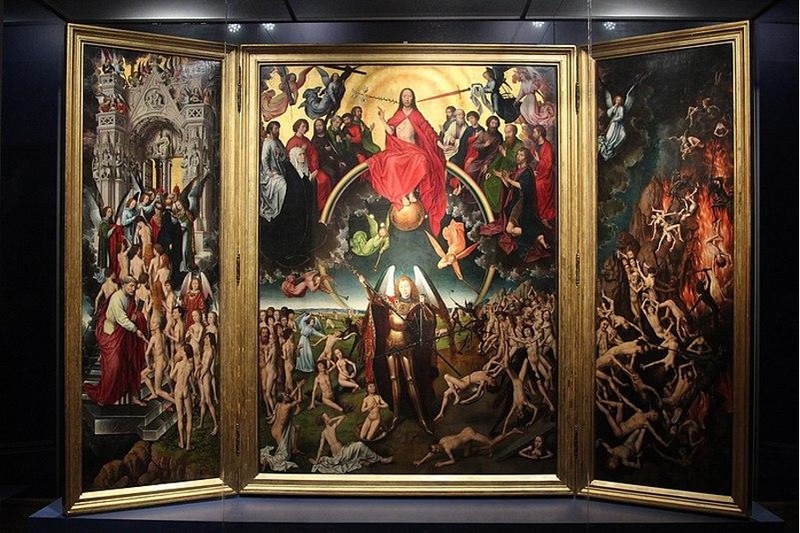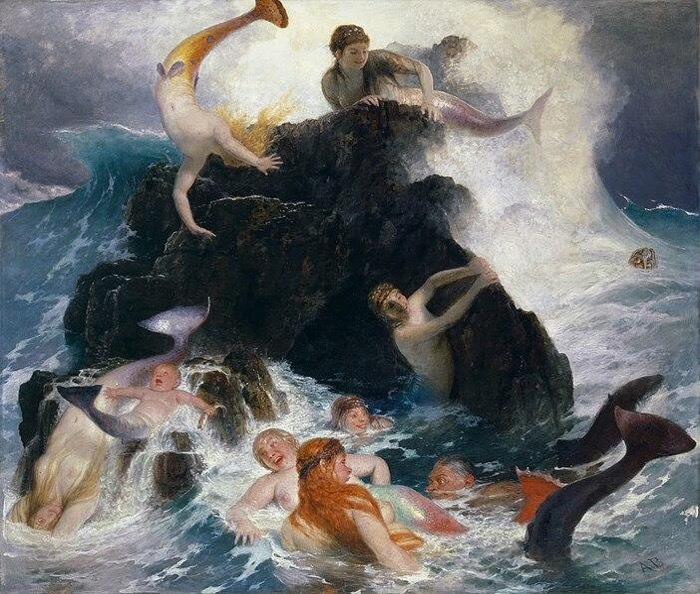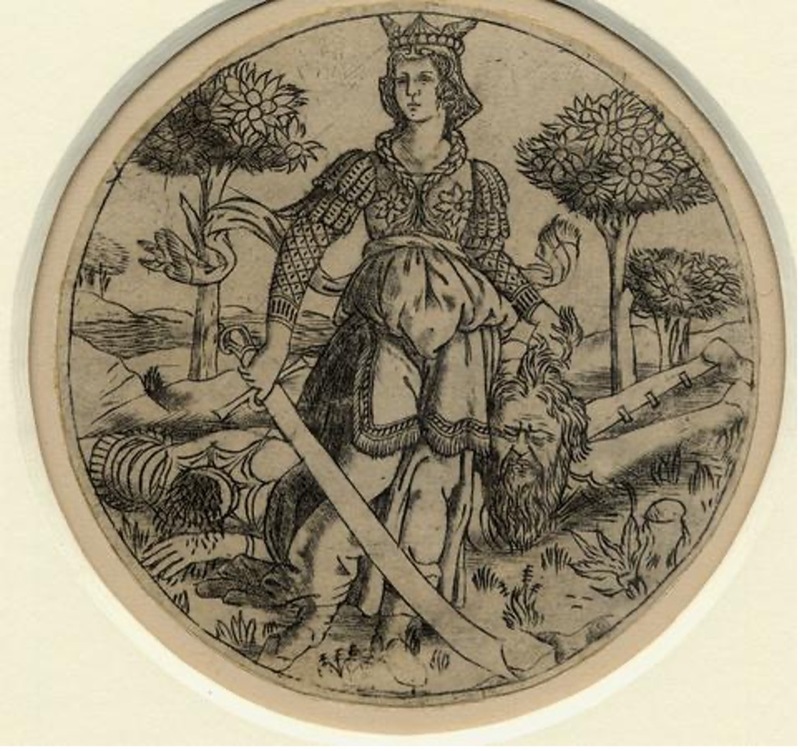The Renewal of Pagan Antiquity

Domenico Ghirlandaio “Nera Corsi and Francesco Sassetti in Santa Trinita, Florence”
In this frescoes titled "Nera Corsi and Francesco Sassetti " Domenico Ghirlandaio depicts a visual representation of Sassetti and his wife (Francessco bottom left, and Nera, bottom right). The inclusion of the two, was intended to showcase both their piety and their roles as the patrons of the chapel. Through the visual representation, their devotion and connection to the saintly are shown. This frescoes was of interest to Warburg as it closely represented his interest of “cultural exchange” [1](Warburg, 1932). By depicting contemporary figures like the Sassetti couple within a religious setting, Ghirlandaio exemplifies the cultural exchange between the secular and sacred spheres during the Renaissance which was of interest to Warburg and his art career.
[1] Aby Warburg, The Renewal of Pagan Antiquity: Contributions to the Cultural History of the European Rennaissance (Los Angeles, CA: Getty Research Institute for the History of Art and Humanities, 1932).

Hans Memling The Last Judgment Danzig, Marienkirche.
"The Last Judgment" painting by Hans Memling depicts a visual representation of the Christian Judgment Day, where souls are judged by Christ to determine their eternal fate. Aby Warburg was fascinated by this painting because it perfectly captured the “cross-cultural exchange” between Northern Europe and Italy during the Renaissance (Warburg, 1932). Warburg, who was fascinated by different societies and how art reflected this dynamic, saw this painting as more than just a religious scene. Instead, he saw it as an interesting document that vividly illustrated how the cultures blended during that time connecting the spiritual with the worldly[1]. This painting influenced his career as it affirmed his belief in the interconnectedness of art and society of the time.
[1] Warburg, The Renewal of Pagan Antiquity.

"Naiad at Play" by Arnold Böcklin
Arnold Böcklin's painting "Naiad at Play" depicts a bunch of naiads, which are mythological water nymphs found in rivers and streams according to Greek mythology. In this painting, the naiads are seen playing against a rock. Warburg was particularly struck by Böcklin's depiction of mythological figures, which he interpreted as embodying both Dionysiac (enhancing) and Apollonian (restraining) movements—key concepts in his studies (Warburg, 1932)[1]. This painting had a significant influence on Warburg's career as it reinforced Warburg's focus on the "Nachleben" (afterlife) of antiquity. This was a concept he paid close attention to as an art historian, where he examined how ancient forms could convey complex, enduring cultural and psychological meanings across time.
[1] Warburg, The Renewal of Pagan Antiquity.

“Judith” Baccio Baldini
In this engraving titled “Judith” by Baccio Baldini depicts the biblical character Judith can be seen holding the severed head of Holofernes. Warburg found interest in this art piece for the same reason he liked Arnold Böcklin's, which is for their mythological depictions of figures. The art piece was influential to Warburg’s career as it aligned closely with his study of the "Nachleben" (afterlife) of antiquity. Additionally due to the mythological nature of the image, Baldini’s piece also contributed to his fondness of allegory[1]. His ability to interpret an image beyond surface level allowed him to uncover deeper layers of meaning, within artwork.
[1] Warburg, The Renewal of Pagan Antiquity.